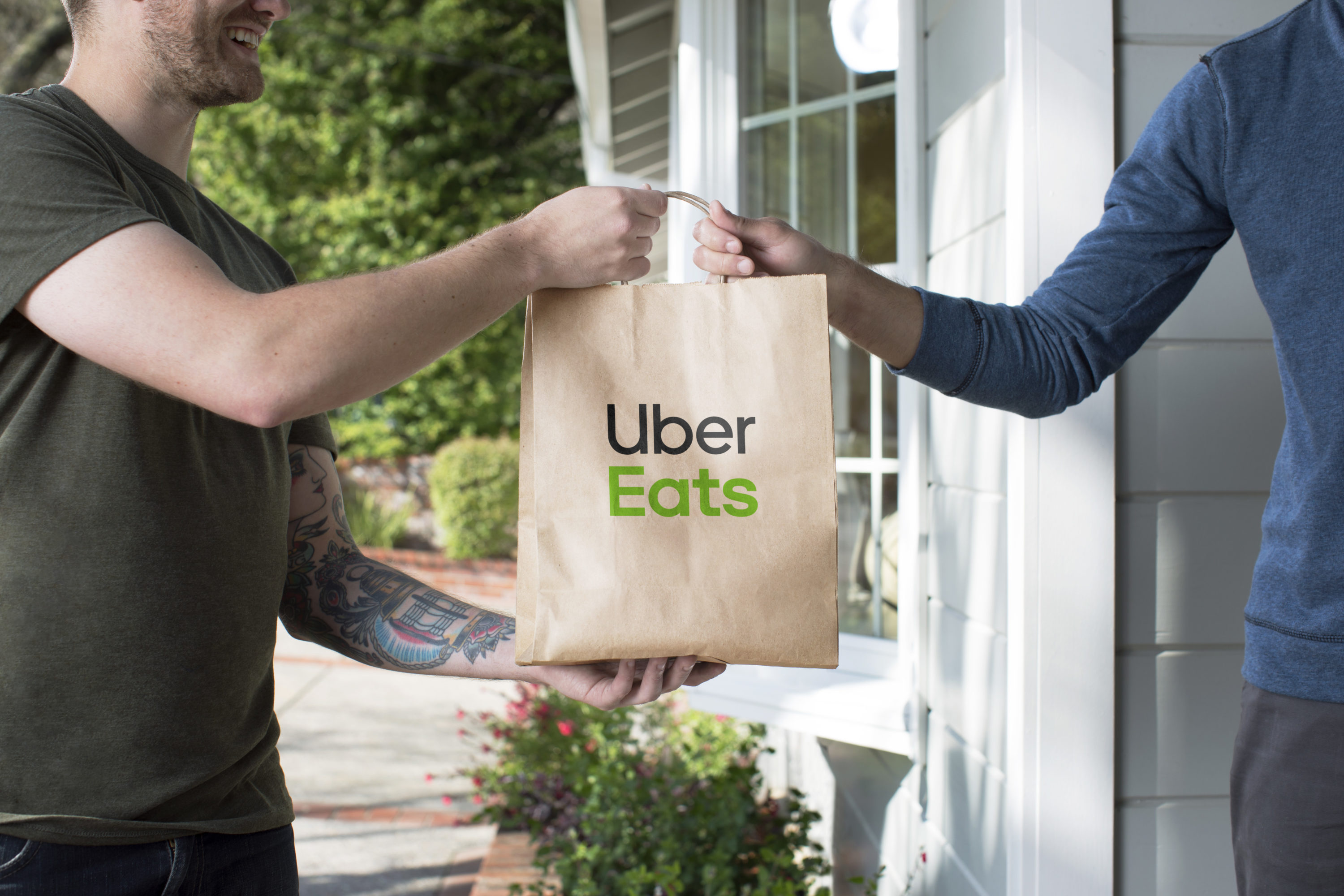Uber Eats' Growth Strategy: Speed, Suburbs, and Self-Service

Photo Caption: Uber Eats just announced it will deliver to 70 percent of the U.S. population by the end of the year.
Skift Take
Uber Eats has proven its model is easily replicable in new markets, and it continues to increase its speed of growth. A new feature, just announced, aims to speed it up even more: now restaurants can sign up to work with Uber Eats on their own, no salesperson (or sales process) required.
Uber Eats will expand to cover 70 percent of the U.S. population by the end of the year. The expansion will also double the number of cities Eats covers, year over year. Much of the expansion comes in smaller cities and suburbs, according to Janelle Sallenave, head of Uber Eats, U.S. & Canada.
"This means we’re able to get into cities like Eugene, Oregon or Cedar Rapids, Iowa — cities that you don't historically think about for the [Uber] rideshare business," Sallenave said.
This suburban expansion is par for the course at delivery companies. Last month at Skift Restaurants Forum, Stan Chia, Grubhub's chief operating officer, explained his company's push into newer markets. "What we continue to see is that we’ve built a marketplace that really allows for reinforcement. This is a model that works for everybody. One of our big things is we have to make sure when we build up our marketplace, everybody has to win. The guest has to win. The restaurant has to make money. Our delivery partners also have to make money. A lot of the smaller cities are just as hungry for this," he said.
Restaurant Partnerships Drive Growth
Delivery and new opportunities for footprint or partnerships aren't a zero-sum game. While the story a few years ago may have been which company delivers in which city, the major players in the space have reasonably comparable coverage, each touting a roster of coveted chain restaurants that can quickly build a delivery company's available cache of restaurants.
Chain partnerships also fuel growth, both by extending geographic reach and offering a predictable option for suburban consumers who may not be as conditioned to delivery as those in major cities. "When we can have someone open the app and see a variety of restaurants [including] particular brands — brands are well known and consistent in what that food is like — it really helps especially a first time eater get over that hurdle of giving it a try," said Sallenave. (Uber Eats refers to its consumer customers as "eaters.")
A Need for Speed
Then there's the company's obsession with both speed and growth. This summer at Skift Tech Forum, Uber Eats head Jason Droege said, "We have a global operations organization that can roll out businesses very quickly when we have a product that works."
It's working. Uber Eats has blossomed in its three years of existence. In the month of September, Uber Eats saw 10 times the number of orders than it did in September 2016, said Sallenave. "We're seeing massive growth and understandably a lot of interest from restaurants who are either experiencing it in one of their locations or hearing it from others in the industry."
In an effort to continue its expansion and capitalize on its unprecedented popularity, Uber Eats is also unveiling a new restaurant sign-up process: self-serve. Available in the U.S. and Canada, restaurants operating within Uber Eats' coverage zones can join Eats on their own, no sales team required.
"We’ve built the technology so it’s very streamlined. A restaurant can go online and guide themselves through the process, sign our delivery agreement, and get set up. This self signup process will enable more restaurants to get more quickly on the platform which means our eaters will be able to get to their local favorites even faster rather than waiting for a much more formal sales process," said Sallenave.
While this self-serve model is common in Silicon Valley, it's less prominent in the restaurant industry, where companies have long relied on a robust sales force and onboarding team. Square chose a similarly autonomous method when it introduced its new full service restaurant point of sale system earlier this year and CEO Jack Dorsey said that 60 percent of the restaurants on the platform had self-onboarded.
Last week, the Wall Street Journal reported that Uber's Eats business could be valued at as much as $20 billion, or one-sixth of the entire company's revenue.
Big, small, suburban, or rural, Sallenave said that the company's success is still reliant on its ability to — quite literally — delivery. "We make the integrations as seamless as possible so the courier arrives when the food is ready and off they go. Those create really strong first experiences as we’re in new markets and they’re trying out online food delivery for the first time."

The travel industry's top event returns this fall.
September 16-18, 2025 - NEW YORK CITY
